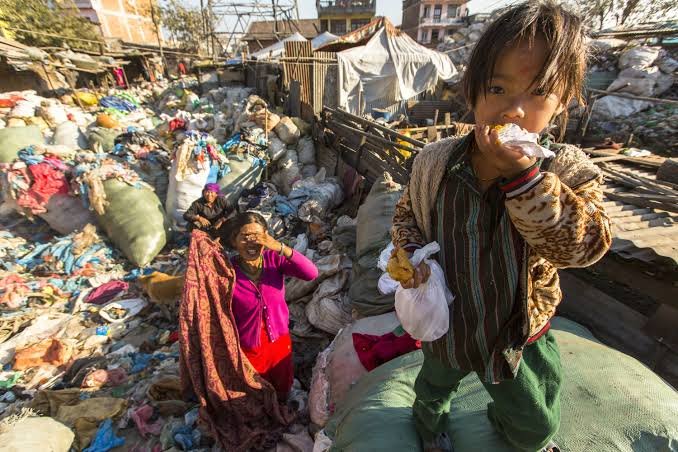Tips to prevent poverty
Preventing poverty requires a comprehensive and multi-disciplinary approach that addresses its root causes as well as its consequences. One of the key strategies for reducing poverty is job creation and economic growth. By creating more job opportunities and promoting economic growth, people can lift themselves out of poverty and improve their standard of living.
This can be achieved through various means such as investment in infrastructure, support for small businesses, and promotion of entrepreneurship. Additionally, policies that encourage foreign investment, trade, and innovation can also stimulate economic growth and create jobs. However, it is important to ensure that the benefits of economic growth are distributed fairly and reach those in poverty. This can be achieved by implementing policies that address income inequality and promote inclusive growth.
To achieve sustainable and equitable economic growth, it is essential to have strong institutions, good governance, and a supportive legal framework in place.
Another effective strategy for reducing poverty is through education and skills training. Providing education and training opportunities to people can equip them with the skills and knowledge needed to find better-paying jobs and improve their economic prospects. Education also has a long-term impact by increasing social mobility and breaking the intergenerational cycle of poverty. Moreover, education helps individuals make informed decisions, manage their finances, and participate fully in society.
However, access to quality education is not always equal, and many people living in poverty face barriers such as lack of resources, inadequate infrastructure, and limited access to educational materials. To address these challenges, governments and other stakeholders need to invest in education, particularly in underserved and marginalized communities, to ensure that everyone has the opportunity to receive a quality education. In addition, governments can also provide financial support, such as scholarships and grants, to help individuals who cannot afford the cost of education.
Social safety nets are another important tool in reducing poverty. These are government-led programs that provide support to families and individuals living in poverty. They can take the form of cash transfers, food assistance, housing subsidies, and other forms of support that can help people meet their basic needs.
Social safety nets are effective in reducing poverty and inequality, as they provide a safety net for those who are most vulnerable and help prevent them from falling deeper into poverty. They also have a positive impact on the economy, as they stimulate demand for goods and services, which in turn can create jobs and promote economic growth.
Social safety nets can also help build resilience and increase people's ability to cope with shocks, such as natural disasters, illness, and other events that can push them into poverty. However, it is important to ensure that social safety nets are well-designed, well-targeted, and sustainable, as they can become a burden on public finances if not managed effectively.
To ensure that social safety nets are effective, governments need to work closely with other stakeholders, such as non-profit organizations and the private sector, to ensure that they reach those in need and achieve their intended impact..
Improving access to quality healthcare is another important strategy in reducing poverty. When people have access to quality healthcare, they are better able to stay healthy and productive, which in turn can improve their economic prospects and reduce poverty.
Access to healthcare can also help prevent the financial burden of out-of-pocket healthcare expenses, which can push people into poverty. Moreover, access to quality healthcare can reduce the spread of disease, increase life expectancy, and improve overall health outcomes, particularly for marginalized and low-income communities.
However, many people living in poverty face barriers to accessing healthcare, such as lack of resources, inadequate infrastructure, and limited access to healthcare services. To address these challenges, governments need to invest in strengthening healthcare systems, particularly in underserved communities, and ensure that everyone has access to quality healthcare services.
Governments can also provide financial support, such as subsidies and insurance programs, to help people afford the cost of healthcare. Improving access to healthcare requires close collaboration between governments, non-profit organizations, and the private sector, as well as sustained political will and resources.
Posted Using LeoFinance Beta
